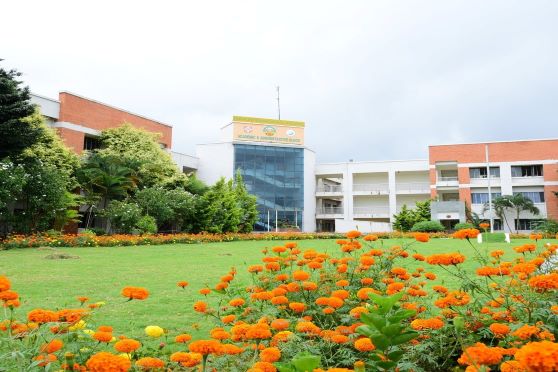IISc Bangalore professor researches on mimicking functions the brain can perform rapidly


Mayank Shrivastava, a professor from Indian Institute of Sciences (IISc) Bangalore, has become the recipient of Swarnajayanti fellowship 2020-21, and is now working on applications of emerging materials that can help computers mimic functions that the brain can perform rapidly.
This will help computers perform cognitive functions, identify people from a crowd, distinguish smell as well as learn and make decisions.
Advanced computing systems have been using von Neumann architecture, which uses physically separated processing and memory blocks.
It has been the most cost effective approach till date and the physical separation of memory from the processing blocks has become the rate limiter for pushing the computational capabilities of advanced nanoelectronic systems.
Research to understand the fundamental mechanisms of the brain and explorations of various novel memory architectures is now giving the engineering community confidence that developing systems that can mimic brain-like function is an achievable goal for the coming decades. A key element of such an architecture is a memory device called the artificial synapse, which, however, must work on biological or synaptic principles.
Neumann’s architecture has failed in real-time processing of information that the human brain can process in a fraction of a second. Keeping these gaps in mind, an alternative architecture, inspired by the organization of neurons (processing unit) and synapses (memory) in the human brain that emulates brain-like computing behaviour, have been explored significantly in the last decade.
Professor Srivastava is exploring materials like Gallium Nitride (GaN), atomically thin two-dimensional materials like Graphene, and Transition metal dichalcogenides (TMDCs), for various electronics, power devices, electro-optic, Thz, memory, and quantum applications.
Using Graphene and 2D-TMDCc, he is extending capabilities of memory devices to work on biological or synaptic principles and bridge the gap between biological neural networks and their artificial counterpart along with his research group, he is developing few-atom thick neuromorphic circuits, GaN-based ultra-high-power devices with high reliability, and devices/circuits for operation at THz frequencies.